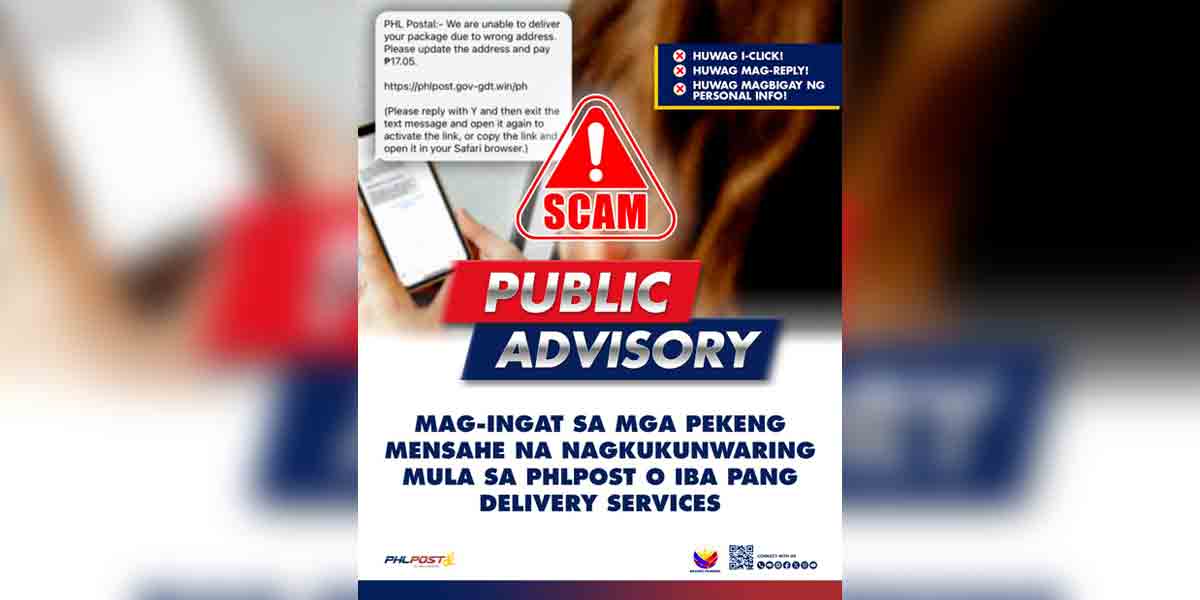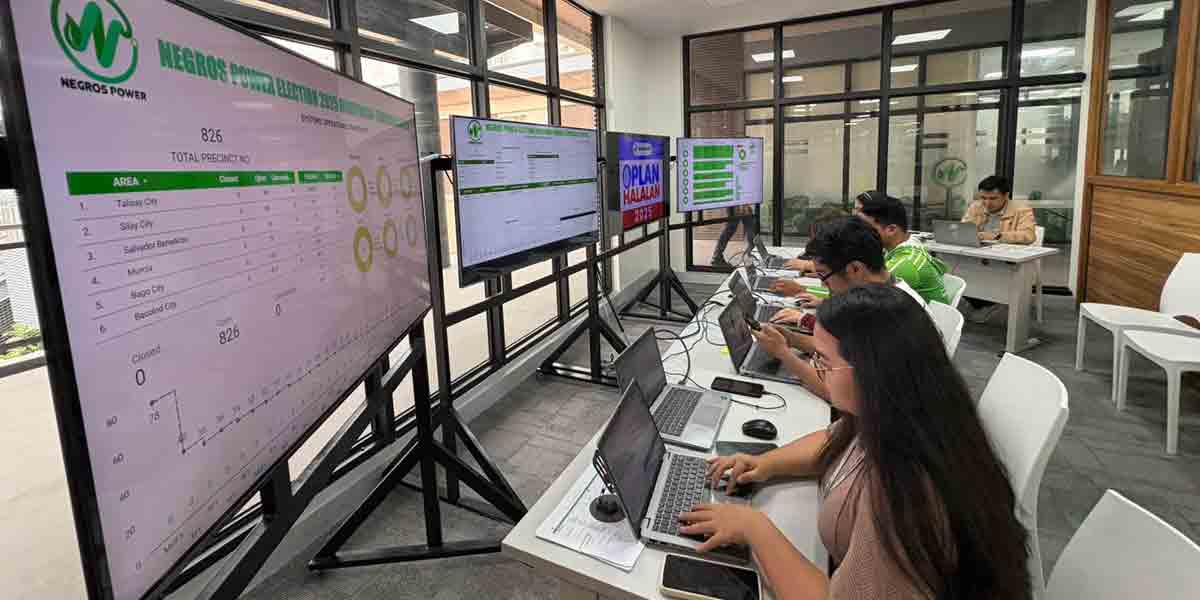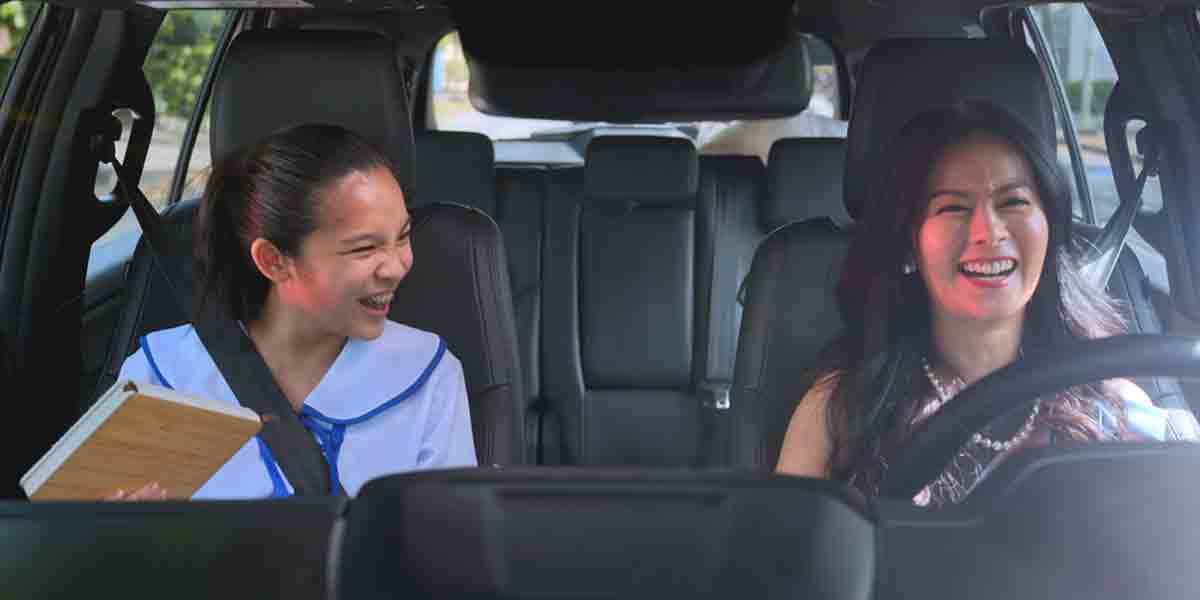 By Joshua Corcuera
By Joshua Corcuera
September 13, 2021—public schools in the Philippines started their classes for the academic year 2021-2022. This is the second school year wherein Filipino students had to attend classes from their respective homes—something many find frustrating. As a college student, I share the same sentiments due to various factors which I will discuss shortly.
First, the things students learn. According to an online survey conducted by Movement for Safe, Equitable, Quality, and Relevant Education (SEQuRE), the majority of students in various modes of learning said that they learned less compared to the traditional face-to-face set-up. Specifically, 86.7% of students under modular learning, two-thirds of students under online learning, and 74% of students under blended learning, claim that what they have learned is considerably less against what they have learned under a face-to-face set-up prior to the pandemic. The online survey was conducted from June 25 to July 12 involving 1,299 students from fourth grade until twelfth grade.
From a personal standpoint, lessons learned may be considerably fewer due to the lack of time allotted for class discussions or synchronous meetings. Worse, students not studying under an online set-up must study diligently and efficiently by themselves which prove challenging to most, if not all, students. Before the pandemic where face-to-face classes are still the norm, students already struggle in their academics even if they are regularly supervised by their teachers. How much more when they are not guided sufficiently due to asynchronous periods?
Although teachers do their best in delivering their lessons effectively, we need to admit that they cannot control the response of the students. This has been evident in the previous academic year where there were even reports that parents ended up answering the exercises in learning modules, as cited by senators last year. Though, the Department of Education (DepEd) prepares itself in “the delivery of quality education no matter what the circumstances will be,” it is just as important to evaluate the experiences of students last school year and use such findings for the case of safe resumption of face-to-face classes—at least for vaccinated students—as soon as possible.
Second, modules were reported to be erroneous while gadgets for online classes are a burden to some households. According to education advocates, the current educational set-up exposed further the already existing gaps in the country’s education system. For those under a module set-up, reports of grammatical errors, wrong math equations, and gender stereotypes caught the ire of the public in social media. For those under an online set-up, gadgets and internet connection are a huge problem. Professor Carmel Abao of the Ateneo School of Government said that, “if the problem before the pandemic was the lack of classrooms, the problem now is the lack of computers.” More importantly, problems with internet connectivity are common especially in rural areas—revealing further the bitter truth that education inequality is real in the country.
Third, the fact that students still need to stay home for the second straight school year is proof that the-powers-that-be failed to address the pandemic or even merely mitigate its consequences. It is also imperative to note that, by the end of September, only two countries in the world have never returned to face-to-face classes—the Philippines and Venezuela. Although some countries are prohibiting face-to-face classes recently, those nations are expected to resume classes again once things normalize.
Altogether, problems surrounding the education of millions of Filipino students continue to this day—and it can be attributed to the incapacity of the nation to address the public health crisis. Though it is understandable that students must stay home to be safe, it is just as essential to push authorities to solve the pandemic soon so that the various facets of society can return to normal—hopefully by the end of the year.




















